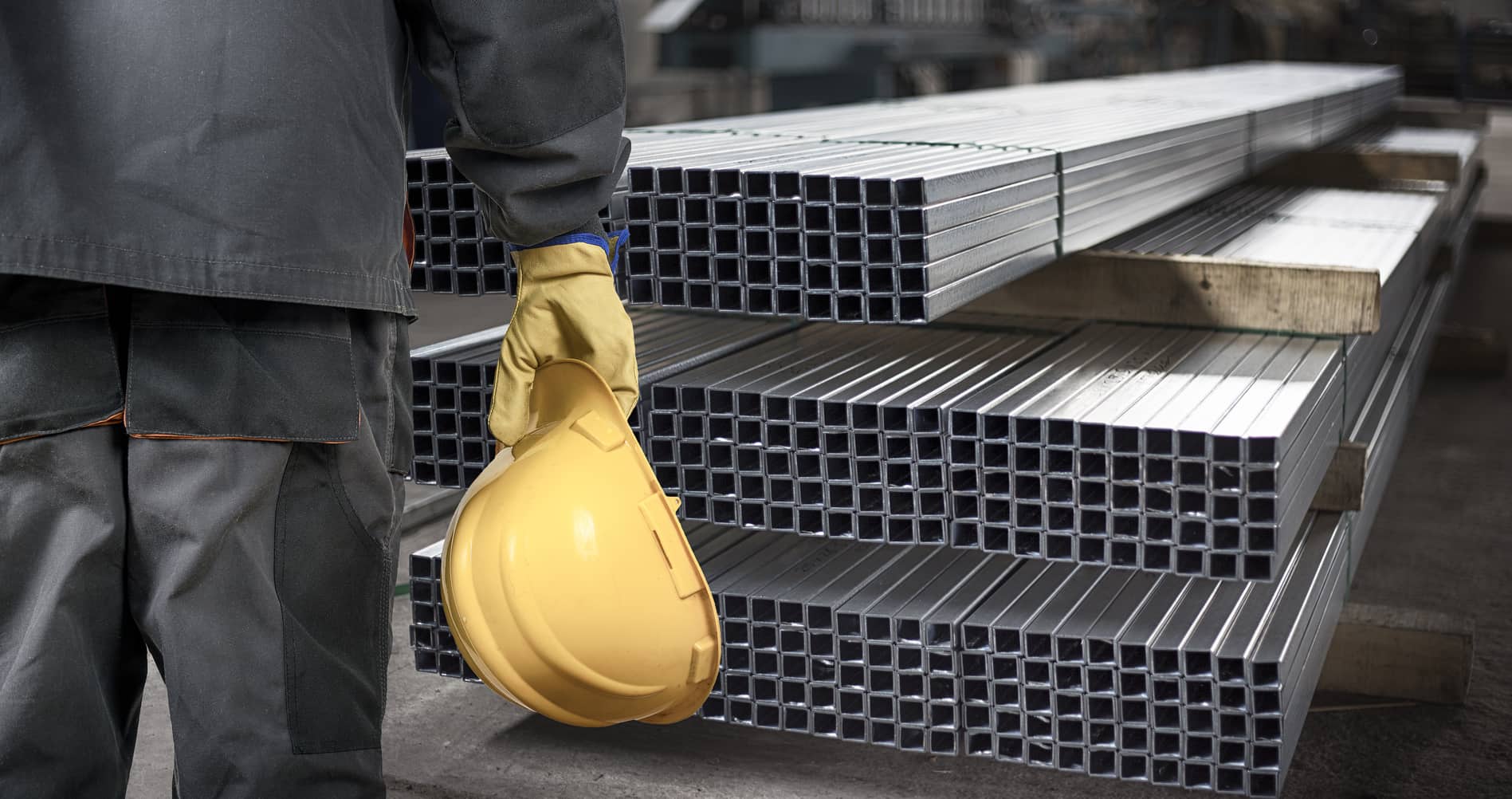A plasma coating is a common choice among industrial manufacturers, in which a plasma jet heated to 15,000°C is used to distribute a molten material (the ‘feedstock’) onto another surface (the ‘substrate’).
There are other thermal spraying methods out there, but plasma coating is the most versatile of these. The extremely high temperature means that it can be used to apply a huge number of materials as coatings.
It is often used to prevent corrosion and wear on structural materials – though it may also be used to create etchings and even for cleaning or aesthetic purposes.
How Does a Plasma Spray Gun Work?
Plasma spray guns are built from high-quality anodes and cathodes (positively and negatively charged, respectively).
A plasma gas such as argon or hydrogen flows around the cathode and towards the anode. A high voltage discharge causes a DC arc to form between these points, and this heats the gas to extreme temperatures, creating plasma.
The plasma is then directed down and out of a nozzle, and it’s at this point the gun is ready for use in the plasma coating process.
To prevent issues with overheating, the plasma spray gun is water-cooled.
What Happens During the Process?
Once the gas is heated, the plasma is used to heat a feedstock material, which is fed into the path of the plasma, and melts. The resulting droplets are then sprayed onto the substrate’s surface to create the desired plasma coating.
The droplets of melted feedstock which land on the substrate are called ‘lamellae’. While the spraying is taking place, these flatten and rapidly cool to form a very thin top layer on whichever item the spray is being applied to.
After cooling, the feedstock material will remain attached to the substrate. In some cases, the substrate is actually removed, and the cooled feedstock layer is retained for use as a component in another structure.
What Materials Can Be Used for This?
It is possible to use many feedstock materials, in either powder or wire form during the plasma spray process.
The plasma is capable of melting materials with a very high melting points, including refractory metals such as tungsten and ceramics – for example, zirconium. Normal combustion would be unable to achieve this, as it would not be hot enough.
The materials used may result in a hydrophobic (water-resistant) surface, reduced conductivity, or simply extra protection from the elements.
I’d Like to Learn More About Plasma Coating
Thermal spraying is a very common process in the industry, and plasma sprays offer many possibilities and many practical applications.
You may also consider regular flame spraying or arc spraying as an alternative, but particularly for specialist projects, plasma spraying is often the answer.
Talk to us to learn more about plasma coating, as well as other metal coating services we offer.

